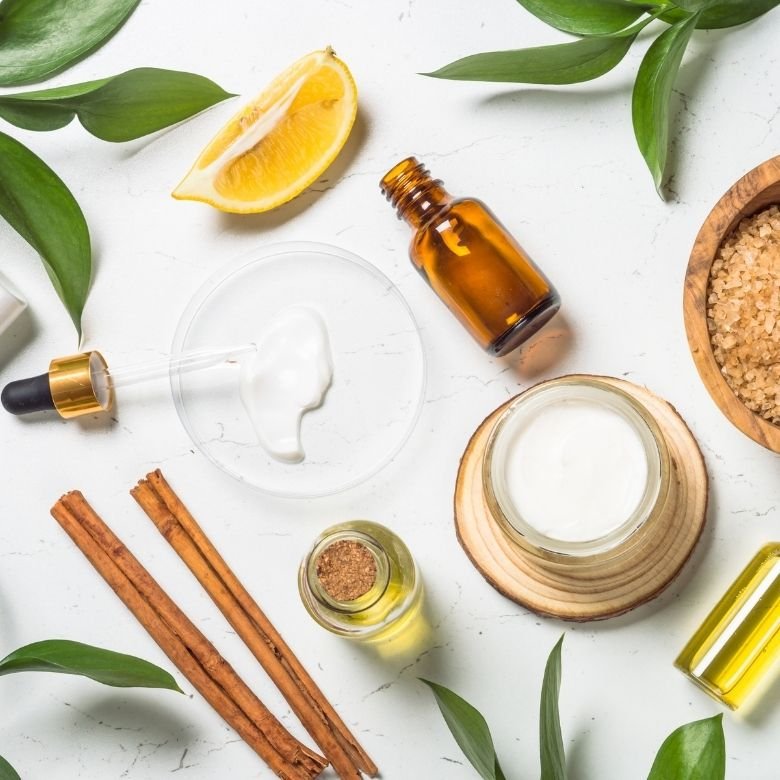Cosmetic products have become an integral part of our daily lives, helping us enhance our natural beauty and express ourselves creatively. However, behind the vibrant hues of lipsticks and the soothing textures of moisturizers lies the complex world of cosmetic chemistry. Understanding the ingredients in your beauty products is crucial not only for making informed choices but also for ensuring the health and well-being of your skin.
Cosmetic chemistry involves a meticulous blend of art and science. Formulators and scientists work tirelessly to develop products that are not only visually appealing but also safe and effective. To comprehend the intricacies of cosmetic chemistry, it’s essential to delve into the key components that constitute your favorite beauty items.
**1. Emollients and Moisturizers: Emollients such as oils and fatty acids are essential ingredients in skincare products. They form a protective layer on the skin, preventing moisture loss and leaving your skin soft and supple. Common emollients include shea butter, jojoba oil, and cocoa butter.
**2. Emulsifiers: Emulsifiers play a vital role in products like creams and lotions, ensuring that water and oil-based ingredients stay mixed together. This ensures a smooth texture and consistent application. Examples of emulsifiers include beeswax and lecithin.
**3. Preservatives: Preservatives are added to cosmetics to prevent the growth of harmful bacteria and fungi. While their presence is essential for the product’s safety, there is ongoing research to find natural alternatives to traditional preservatives like parabens. Some natural preservatives include grapefruit seed extract and vitamin E.
**4. Surfactants: Surfactants are responsible for the foaming and cleansing properties of products like shampoos and cleansers. They help remove dirt and oil from the skin and hair. Common surfactants include sodium lauryl sulfate and coco-glucoside.
**5. Humectants: Humectants attract moisture from the surroundings and lock it into the skin, keeping it hydrated. Ingredients like glycerin and hyaluronic acid are popular humectants found in various skincare products.
**6. Active Ingredients: Depending on the purpose of the product, active ingredients are added to target specific skin concerns. For instance, products designed for anti-aging might contain retinoids, while those focusing on brightening could have vitamin C as a key component.
Understanding these ingredients empowers consumers to make educated choices based on their individual skin needs and concerns. It also encourages them to support brands that prioritize transparency and use high-quality, safe ingredients in their formulations.
In recent years, there has been a notable shift in the cosmetics industry towards transparency and sustainability. Consumers are becoming increasingly aware of the impact their choices have on the environment and are seeking products that are not only good for their skin but also eco-friendly. This awareness has led to innovative developments in the field of cosmetic chemistry.



